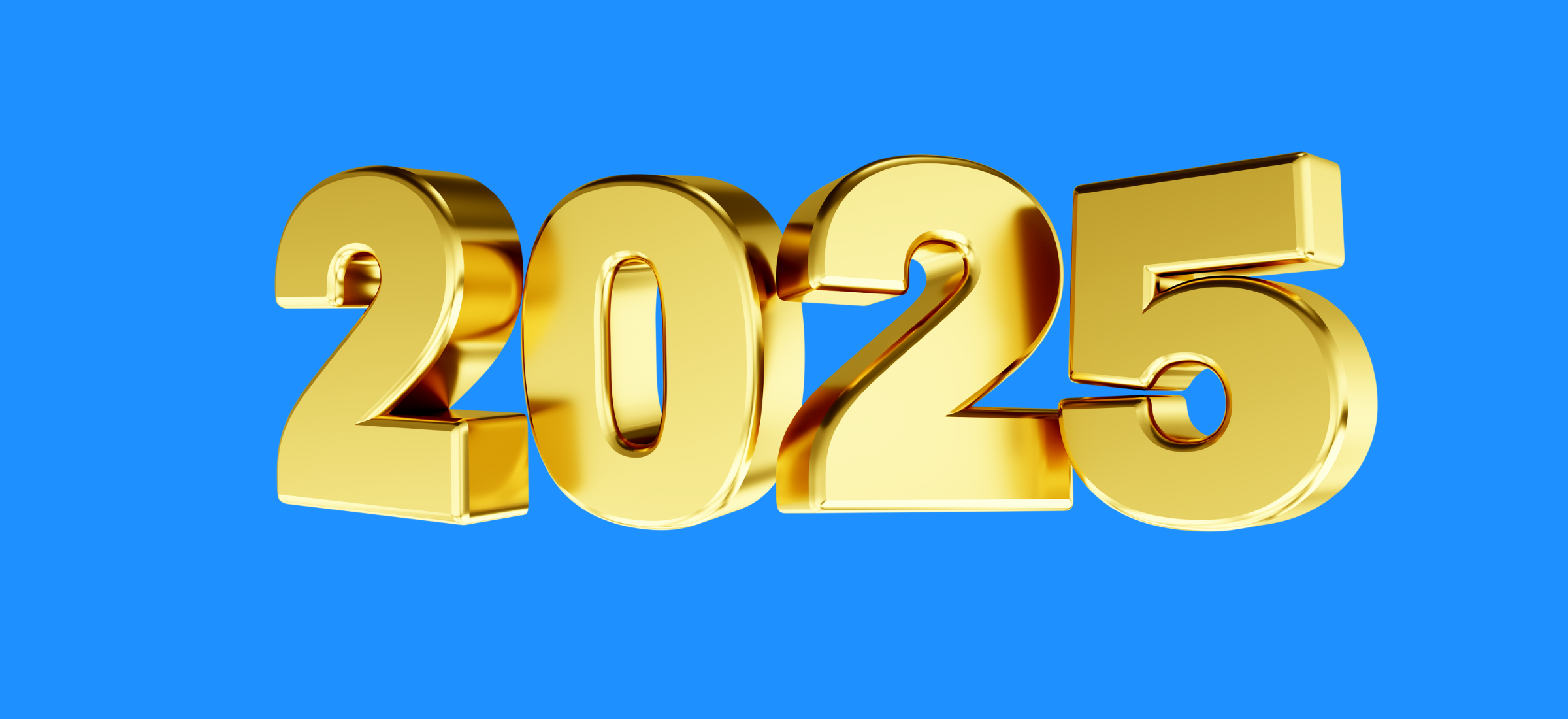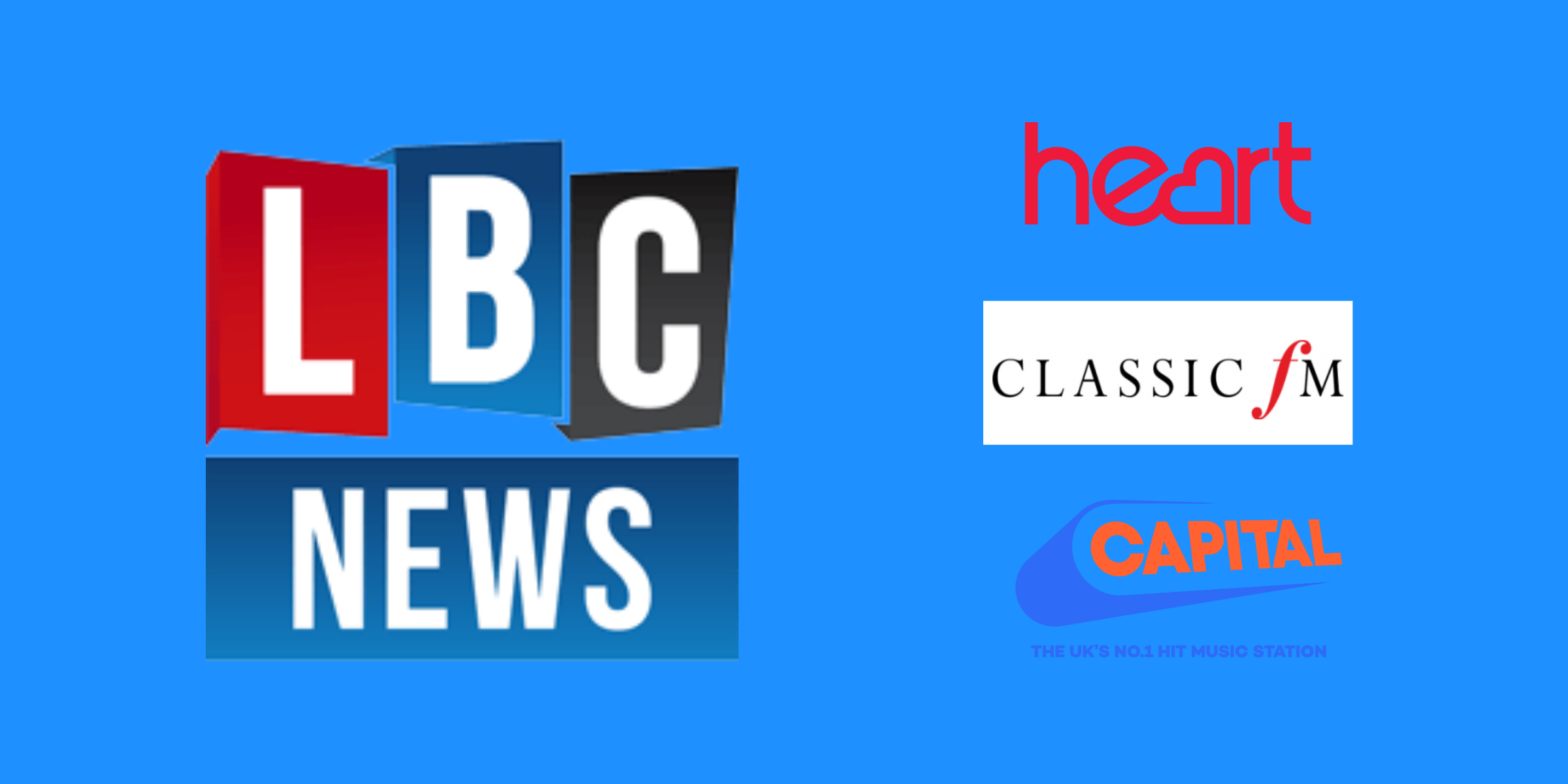2024 – what a year for broadcasters and the impact on broadcast PR has been challenging too. Elections in the UK and US, the ongoing conflict in the Middle East and Ukraine and what seems like an unprecedented year of breaking news stories – it’s been a tough one.
It’s very much a changing media landscape and the way audiences engage with news and content is shifting, particularly amongst younger audiences who are switching to digital platforms like YouTube, TikTok and podcasts.
Broadcasters, particularly the BBC, say they’ve had to make some hard decisions this year, informed by audience shifts, and they’re pledging to reach consumers on digital platforms with high quality content.
At a national level that means cutting programmes and streamlining resources; being tougher on what they do and don’t cover, saying no in their words to “lower impact content”.
But there are still opportunities for PR generated stories as the BBC tries to find new ways to tell stories, whilst relying less on resource intensive TV packages.
For broadcast PR’s there’s an opportunity to supply LIVE studio guests to comment on breaking stories and to provide news B-Roll. This is footage supplied by brands filmed in a news style which broadcasters can use copyright free.
In this post, we’ll share the latest broadcast PR statistics for key channels. We’ll also share emerging broadcast PR trends to be aware of in 2025.
As journalists we planned, produced and reported on TV stories ourselves, therefore have extensive knowledge of what it takes to get a story on-air.
Our experience means we understand what makes an outstanding visual story. It’s also given us excellent contacts in all the UK’s national and regional television stations, as well as many abroad.
We generate stories we know will appeal to broadcasters and place them editorially on television. We can also offer a reactive approach, creating opportunities for your spokespeople by hi-jacking other stories in the news agenda.
We will tell you what ingredients you need to successfully place a story on TV. This includes which channels and programmes are most suited to your target audience along with suggestions for spokespeople, filming opportunities and locations.
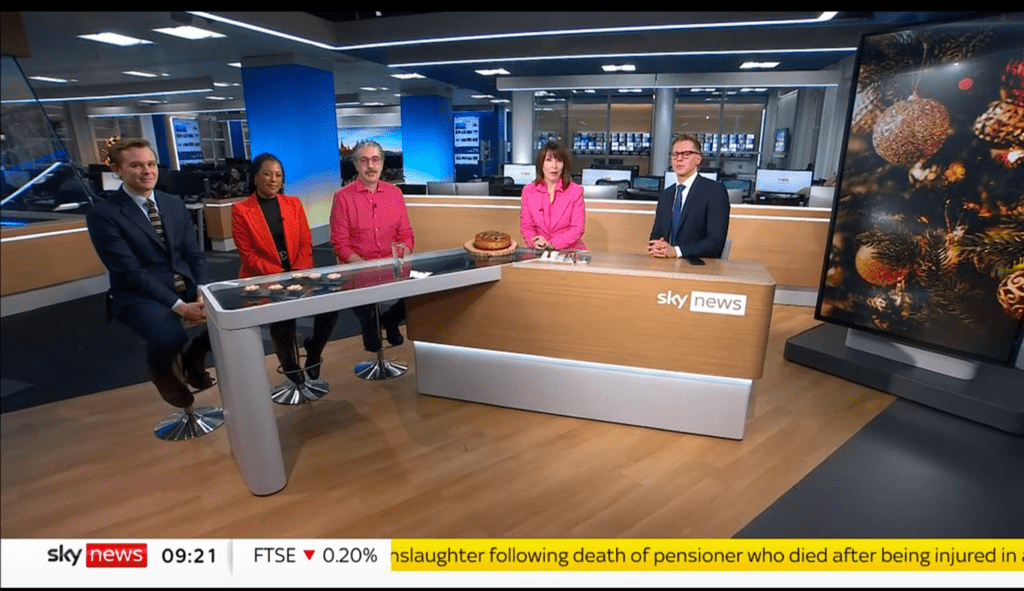
The latest broadcast PR statistics – national radio
But let’s start with radio and some more positives – Radio is booming and the latest 2024 RAJAR figures (the organisation that measures and publishes audience statistics for radio stations in the UK) shows that around 90% of UK adults listen to radio every week. These important broadcast PR statistics shows the increasing potential for radio PR. While listening continues to shift online, record numbers of listeners tune into radio weekly, and average listening time is up year on year.
BBC Radio 5 Live, Boom Radio, GB News and for a lot of Global brands, including Capital, Heart, Smooth and Radio X listening figures have soared.
All radio in the UK has attracted a new record audience of 50.9 million adults, up from its previous record of 50.8 million set in Q2 2024. Commercial radio’s share of listening now stands at 53.3%, a notable jump from 50.9% in the same period two years ago, while the BBC’s share is 44.5%.
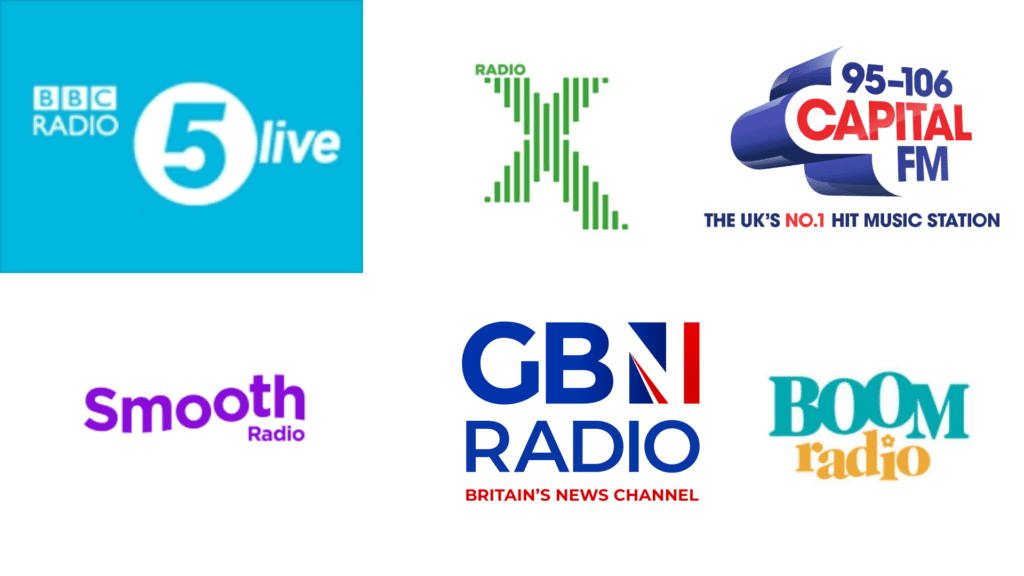
The latest broadcast PR statistics – regional radio
Lets dive more into BBC Regional radio, where there have been significant changes which have been fully implemented this year and will affect coverage in 2025.
The most significant is content sharing between radio and online. It’s definitely a requirement now and a trend moving forward into 2025 that any guests are seen and heard. Zoom/Teams interviews are being recorded with audio and video and the content shared digitally on BBC regional news websites.
All 39 BBC Local Radio stations still have their own dedicated local programming from 6am to 2pm on weekdays. For the breakfast shows the focus is on hyper local – regional statistics, local voices, case studies and stories. They are unlikely to take a lifestyle PR generated story.
Spokesperson sourcing needs to be more flexible – having a spokesperson available just between 0830-1230 a classic half day on a fixed day simply won’t cut it any more as BBC and commercial regional stations have the luxury of being offered a huge amount of content from PR’s They’re asking for maximum flexibility for ad hoc pre-records later in the day – or even a separate day. Without this your story is unlikely to get traction.
Between 2pm-6pm on weekdays, the BBC now produces 18 afternoon programmes across England, with a number of local stations sharing programming with neighbouring stations. This is an opportunity for PR generated content particularly if you are able to provide regional broadcast statistics and a good compelling 3rd party non-brand spokesperson. These shows love a celebrity or an influencer someone who listeners will want to tune in and catch up with. They’ve got to be willing to talk about other things rather than just the brand. For BBC regional stations one brand mention is all they’ll agree to, but you are reaching potentially several hundred thousand listeners.
Between 6pm-10pm on weekdays, there are ten local programmes across England meaning many stations have lost their evening shows. These programmes areas broadly mirror the BBC’s local television areas: North West & North East, Yorkshire & Lincolnshire, Midlands, London & East, South and South West. Again regional broadcast PR stats are critical and ideally a big name ‘talent’ or personality.
The final opportunity for BBC regions is at the end of the day – A national ‘all-England’ programme which runs from 10pm across the week and from 2pm on Sundays. This equates to a national opportunity with a reach of several million listeners.
A PR challenge for the BBC itself, we must not forget the stress and worry that presenters and producers up and down the country must have been going through over the past year and will continue to face in 2025
That said, BBC local radio is not about to close their doors – far from it. There are still going to be broadcast PR opportunities in the regions, and some will now allow your story to be heard across a much larger area. Also, with the BBC’s drive to shifting resources to digital output, there is now a greater chance that your broadcast PR story could end up online as well as on the radio. Just this week the BBC in Leeds has announced all their radio interviews conducted over Zoom or Teams will need to have spokespeople in vision as the content will be used digitally in a further streamlining of services.
However, stories do need to be stronger than ever and with the right spokespeople if they are going to stand out from the competition.
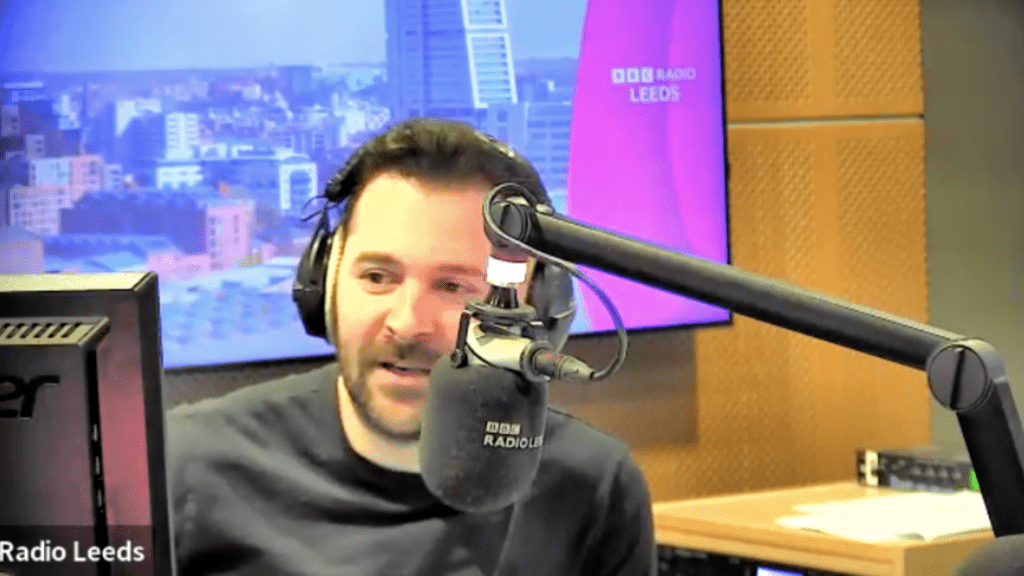
Looking ahead to 2025 - podcasts too are enjoying a renaissance
Radio and podcast studios look far more like TV studios nowadays, so much so that we often media train spokespeople in podcast studios knowing that the familiarity and studio experience will help boost their on-air performance.
The popularity of podcast production has increased dramatically in recent years. As newspaper circulations and TV figures decline, audio and video podcasts have become the fastest growing medium.
Ofcom says 11.7 million people in the UK now listen to podcasts each week – that’s around 1 in five people. This broadcast PR statistic highlights the rise in opportunities for podcast PR. Favourites include news and current affairs, comedy and discussion shows.
From a broadcast PR perspective, they are impactful yet cost-effective, an excellent way of communicating key messages to both mass and targeted audiences.
Although podcasts often are not news-related, about two-thirds of UK podcast listeners say they hear news discussed on the podcasts they listen to.
Brands including Government agencies are telling us they’re including podcast placement as part of their key strategy, and this will continue to be a trend in 2025 – but again this impacts the way brands should use spokespeople for a PR campaign and factor in ad hoc interview flexibility in their contract. Podcasts are often recorded weekly or monthly and dove tailing all media outreach to a specific day may need a rethink. For business guests they need to have a strong digital portfolio so the podcast host /producers can easily check them out. This will be a must, as competition to get on high profile shows is fierce.
It’s harder than it seems to be a PR guest on someone else’s show. There are thousands of podcasts but some attract a very small audience.
You have to set client expectations for the experience and the impact— the opportunity has to justify your client’s time and energy and you, or your client has to be a good guest: responsive to the host, able give short snappy answers, talk in accessible terms, etc.
Our advice is not to appear on a show if it has an audience of less than 20,000 listeners – that is the sort of audience we wouldn’t include in a radio day schedule where the reach is a minimum of 50,000.
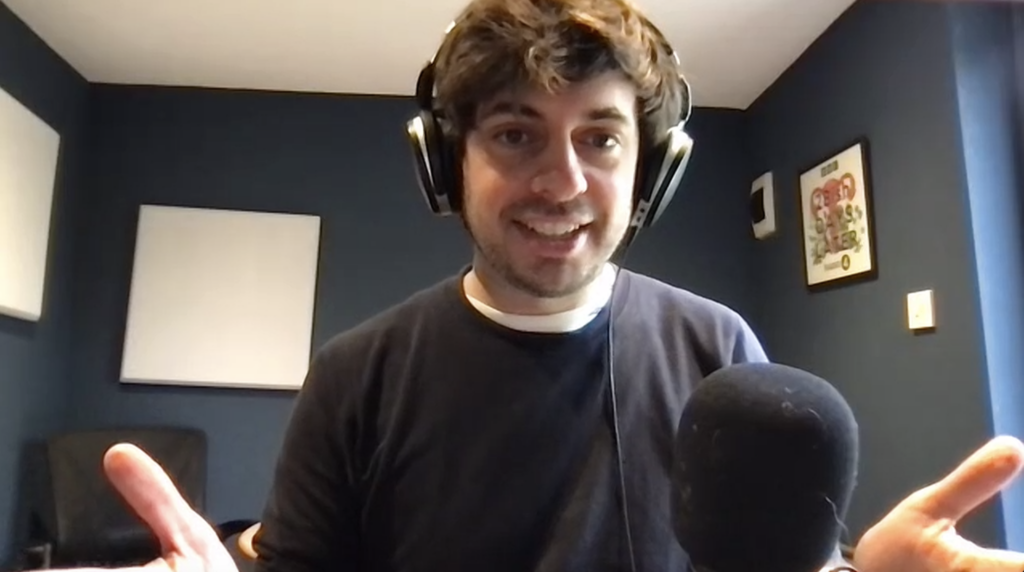
Blurred lines … is it the end of TV News?
That’s a debate broadcasters are having themselves and 2025 is going to be challenging for TV news.
It’s no surprise that we have seen broadcasters take the first step to removing themselves from terrestrial TV and growing their audience on YouTube. Broadcasters like Rupert Murdoch’s Talk TV are no longer broadcasting as a traditional television channel and have moved solely online and on YouTube. Three months after the move TalkTV say they hit one million subscribers on YouTube.
Scott Taunton, TalkTV’s president of broadcasting says that this is a trend here to stay and a reflection of audience preferences for online viewing.
He said: “Two years ago, we would not have been brave enough to launch a channel without a linear presence, but audiences of all ages have moved fast and smartphones are now the primary device where news is consumed.
Our prediction is that live viewing via streaming TV, rather than traditional channels, alongside clips being shared on social media, is here to stay.
YouTube in particular is dominating TV viewing habits, with more than 9 in 10 online adults using the service, according to UK regulator Ofcom’s Online Nation report.
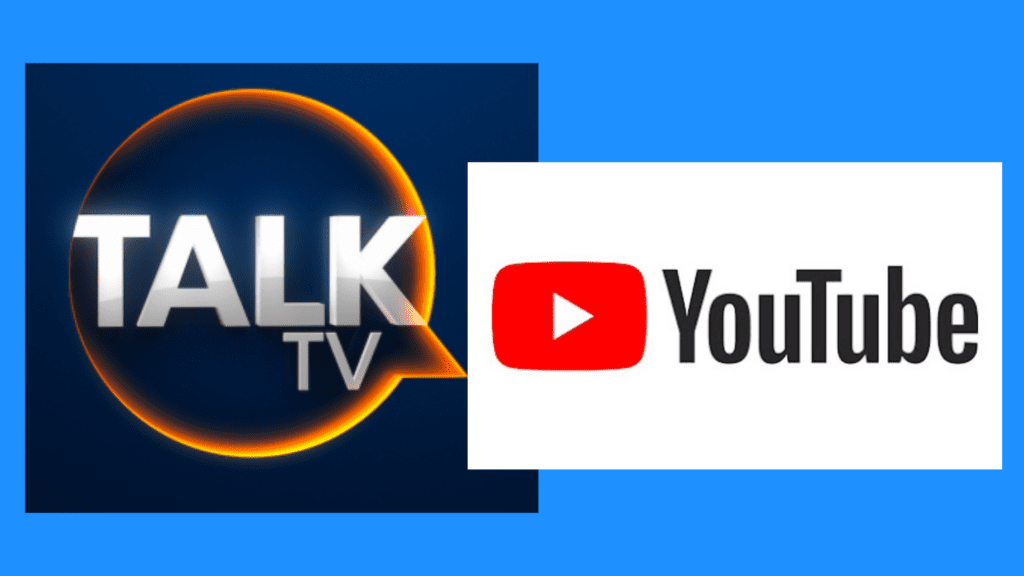
Summarising 2024 – broadcast PR stats to be aware of:
- Podcasts: The past few years have seen small but steady growth in the reach of podcasts, with just over 20% of UK adults now listening to at least one podcast a week – that’s 11.7 million people.
- Radio: Continues to offer a massive audience reach across all demographics with latest RAJAR figures showing 9 out of 10 people listen to the radio each week
- TV: It’s been a challenging year for TV but according to OFCOM an overwhelming majority (96%) of UK adults say they consume news in some form. However, the ways in which people access the wide variety of news platforms are changing. In 2024, seven in ten (71%) say they consume online news in some capacity, level with news consumed via TV and on demand (70%)
BROADCAST PR TRENDS FOR 2025
News avoidance and news fatigue remain a major source of concern for radio and TV outlets and but presuming we’re all watching in 2025, here are our key broadcast PR trends:
Case studies
In fact, let’s repeat again, CASE STUDIES. Without them your story will be unlikely to make air. All national broadcasters are telling us they are critical. They need to be willing to comment online as well as speak on air. For example, this from a producer at LBC news:
“Would one of your spokespeople (ideally a case study) be interested in contributing a 350-400 word Op-Ed for our LBC Views section on this? This would be tweeted out to our 680,000 followers and would feature on our website, which attracts 13 million viewers per month”
Influencers
Where we’d previously recommended a celebrity or personality, we’re now championing influencers. We believe they are now entering the mainstream and becoming more relevant to broadcasters and their broadcast audiences. This is an emerging broadcast trend and the number of influencers we work with is growing every year. The credibility and authenticity of the ‘messenger’ is as crucial as the message itself.
Creators, having cultivated trust and a devoted following over various social media platforms, make a perfect ambassador for brands. They need a decent following and we’re talking ideally millions.
Flexibility
We can’t stress this enough – if you don’t have flexibility with spokespeople availability and ensure it fits the broadcaster’s agenda you won’t get coverage. In past times a half day of spokesperson availability was generally enough for us to fill a radio schedule, with a TV interview either side. But now programme changes, particularly in radio, means live interviews could be offered anytime from early morning to late afternoon.
Diversity and inclusion
There is a commitment from all broadcasters to ensure representation and this will continue to be a major decider in who they book onto their programmes.
Regionality
A continuing broadcast PR trend for 2025 will be having local spokespeople willing and available in the regions. Local voices are something you’ll hear the BBC in particular request. If you’re commissioning research, you should include regional breakdown for at least 8 or 9 regions, but better still single counties or cities.
Verify and trust
The final broadcast PR trend is the emergence of verification and trust checkers. Just because you’ve commissioned some research it doesn’t mean it will make air, even if 2000 people have been polled or your client has spoken to a global audience.
PR campaign metrics like trust scores and audience perception show how media credibility influences public trust. The 2024 Reuters Institute Digital News Report suggests that trust in BBC News rose from 55% in 2022, external, up to 61% in 2023, external and 62% in 2024, external and they want to ensure this level of trust continues. Nationally the BBC will review the research via BBC Verify with a fine toothcomb and reject if they feel it doesn’t stand up to scrutiny.
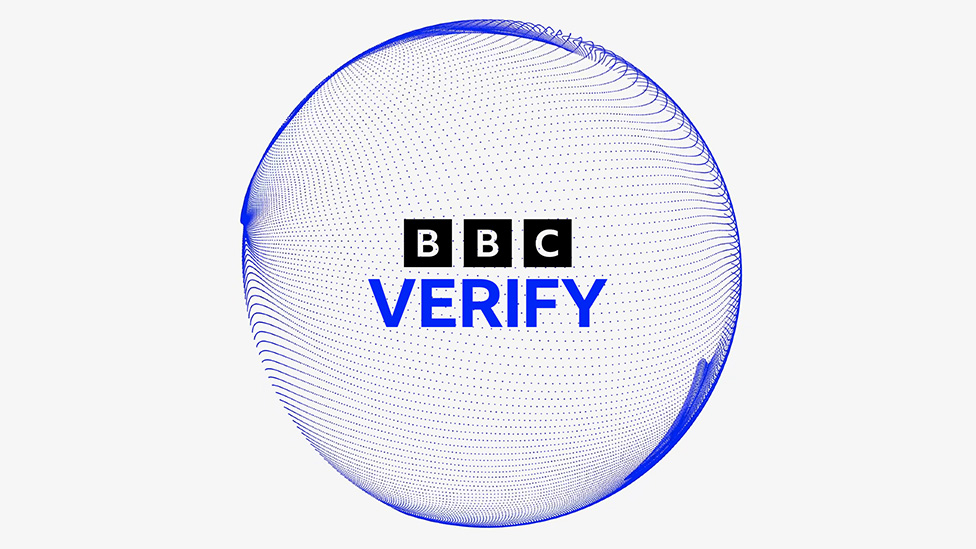
Looking to get your brand coverage on Radio, TV or Podcasts?
At Shout! Communications we specialise in helping brands secure media coverage on the UK’s most reputable news outlets. With our extensive industry experience and contacts across TV, radio, and online news, we make getting media attention easier than ever. Read more about our media relations services here.
Our media training also ensures you and your spokespeople make the very most out of any hard-won news opportunity. Read more about our media training here. Let Shout! Communications help you craft, pitch, and land the story that will put your brand in the spotlight.
Contact us today to take your brand’s visibility to the next level in 2025.
